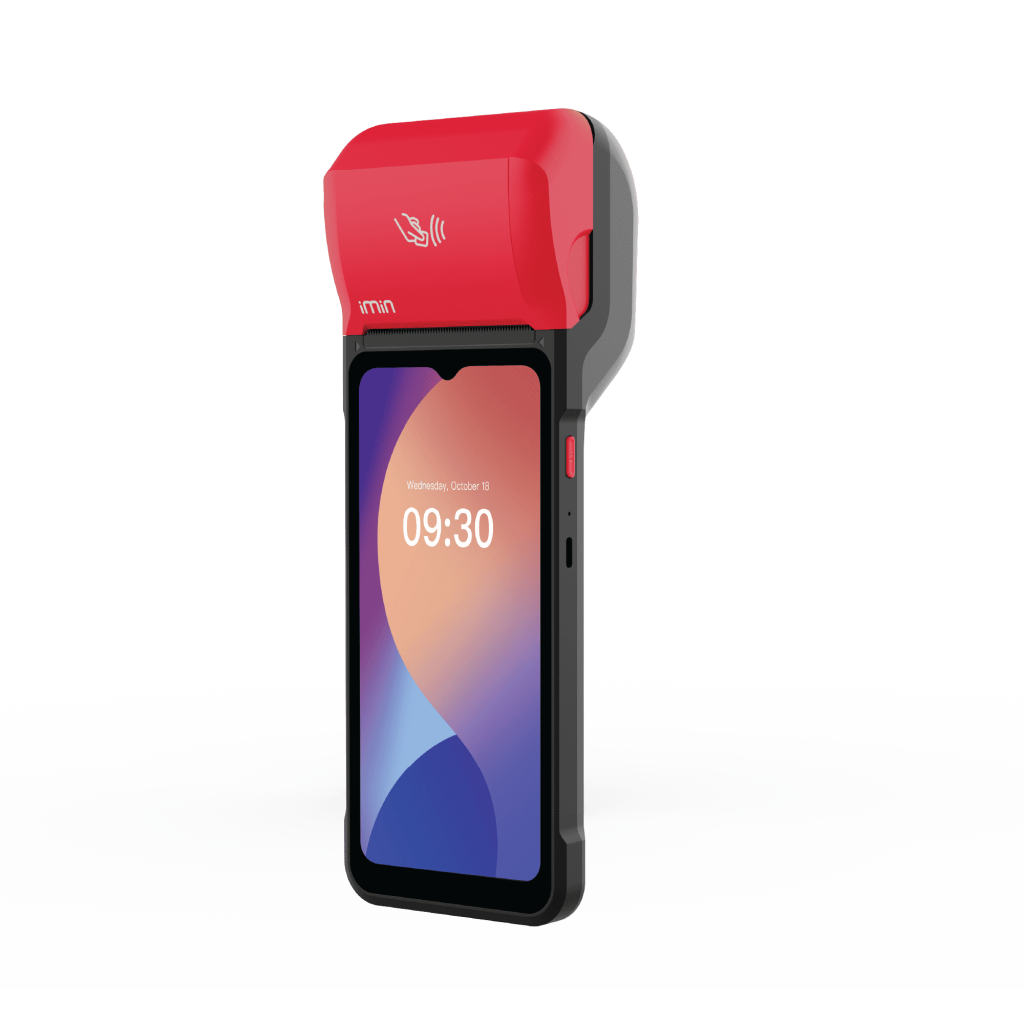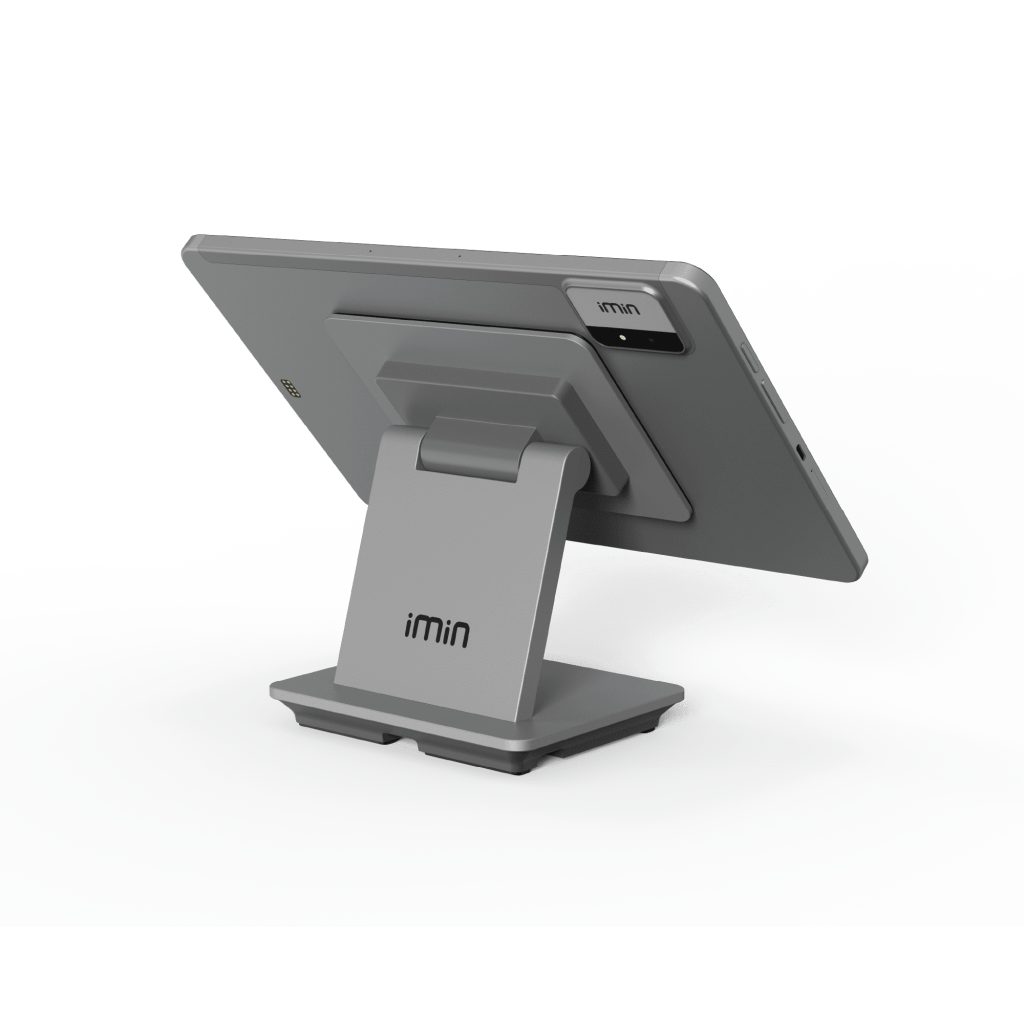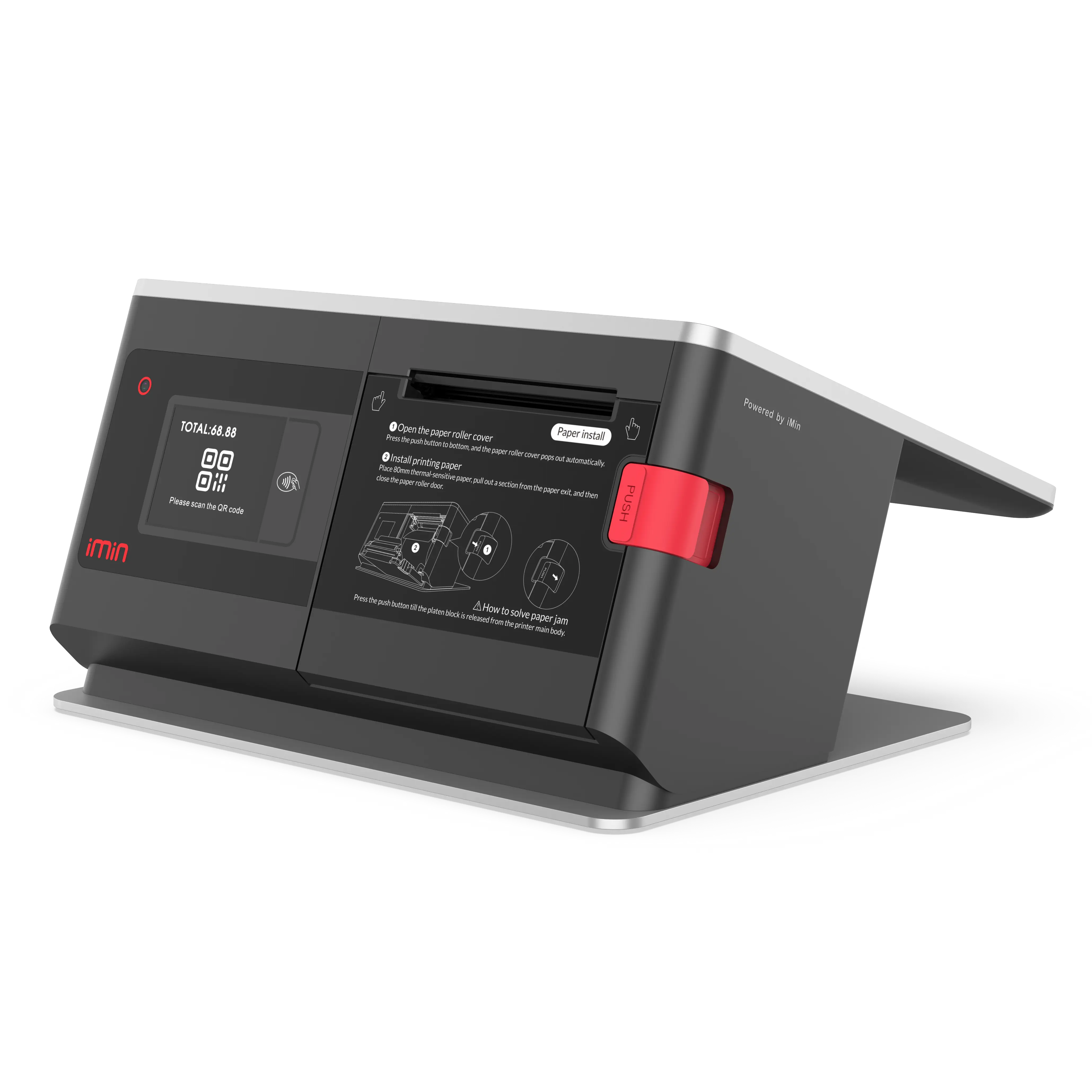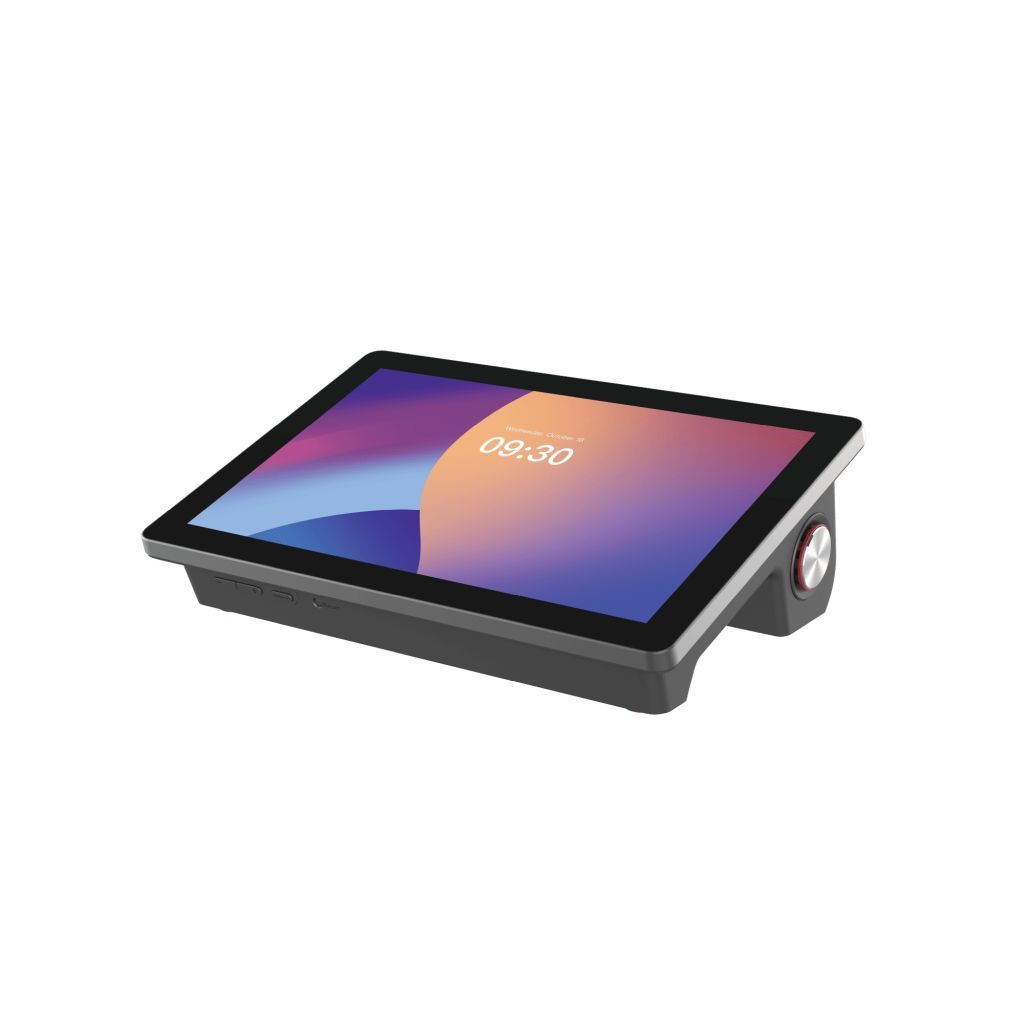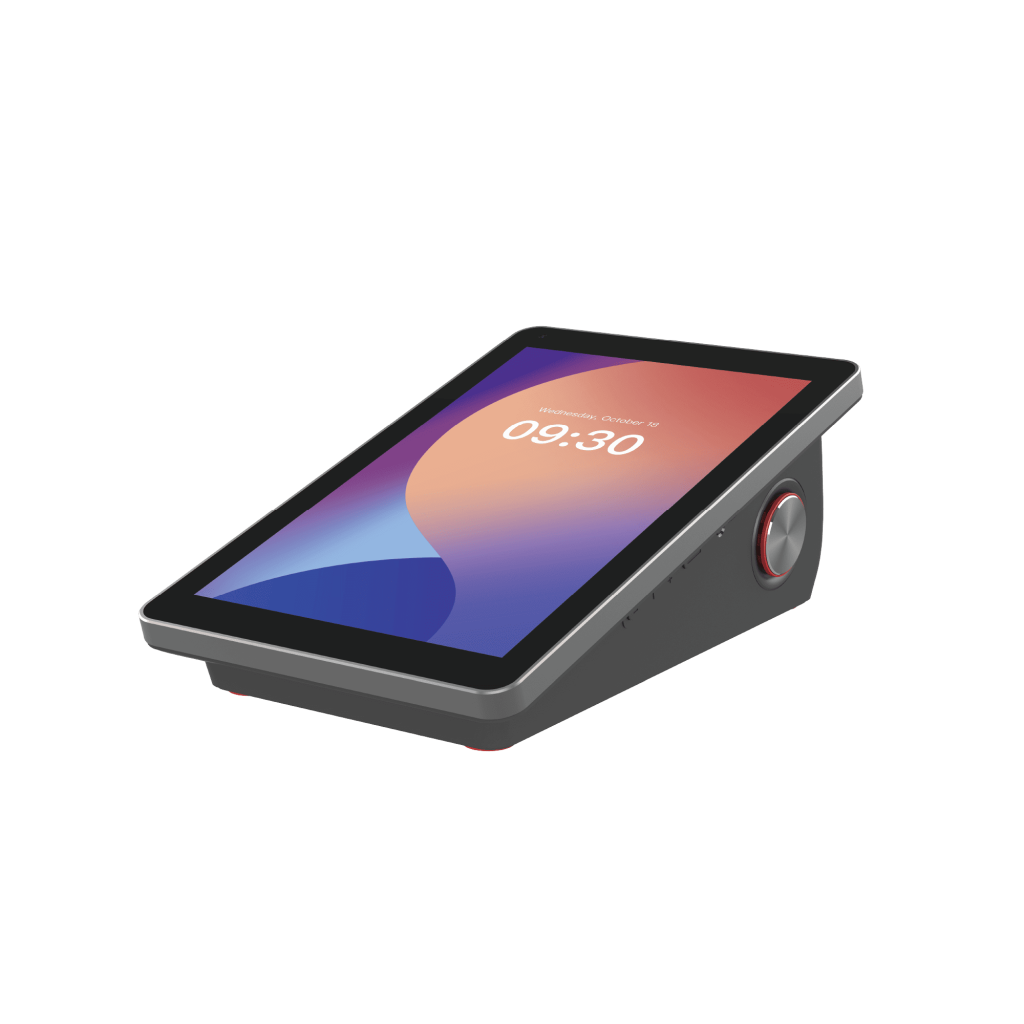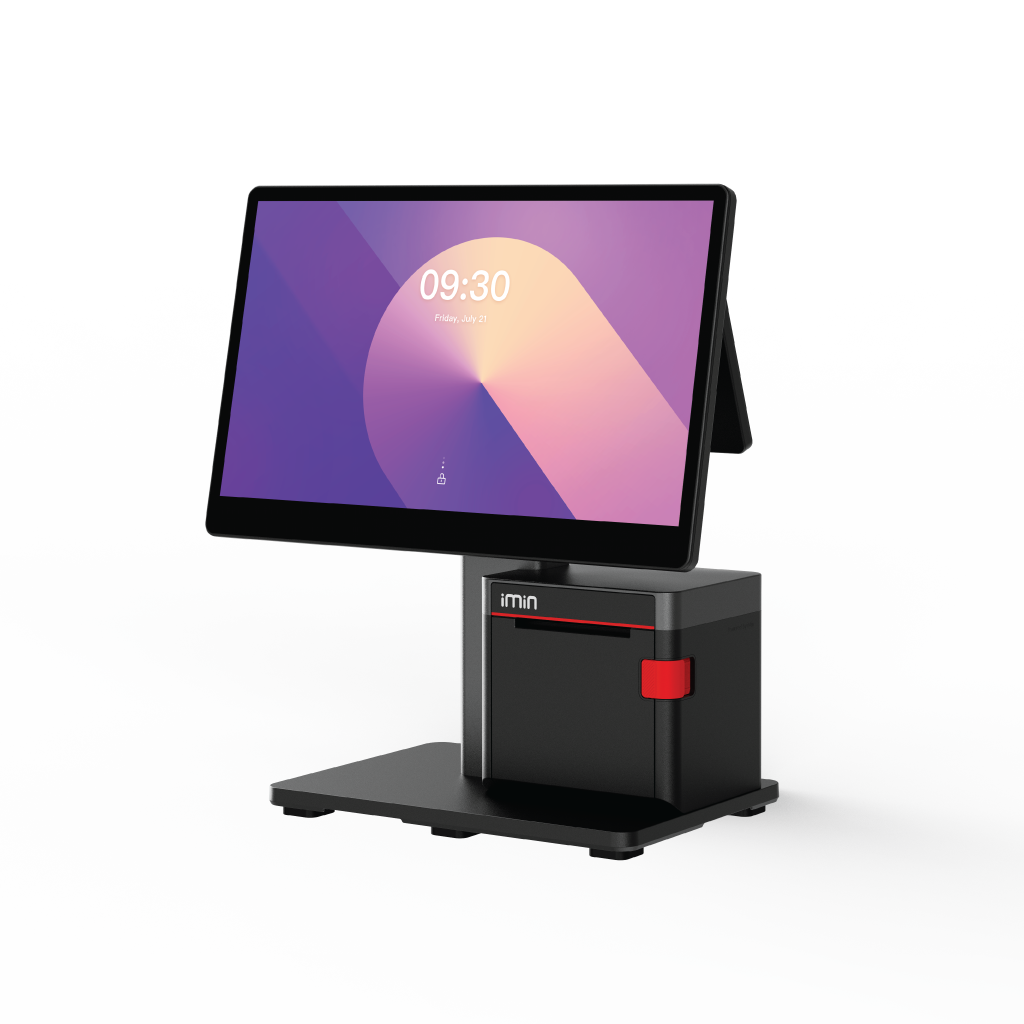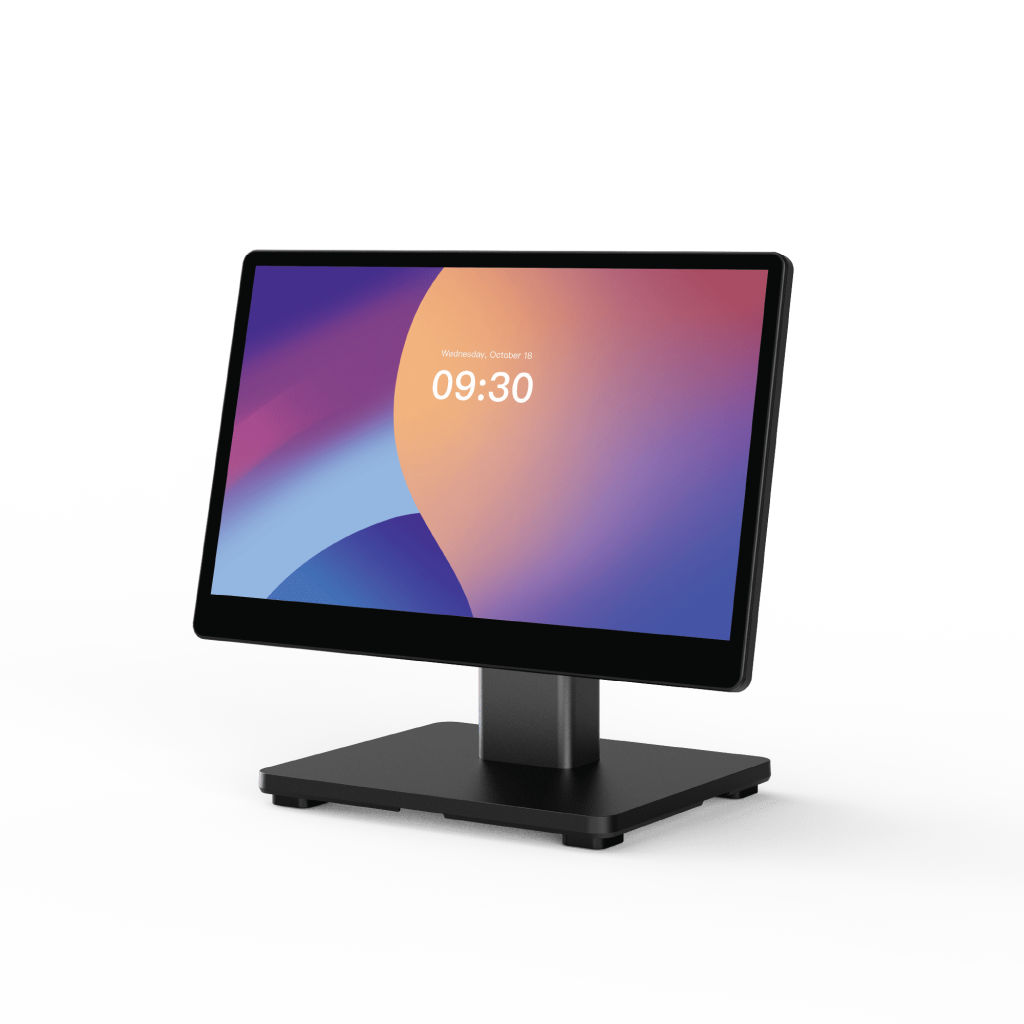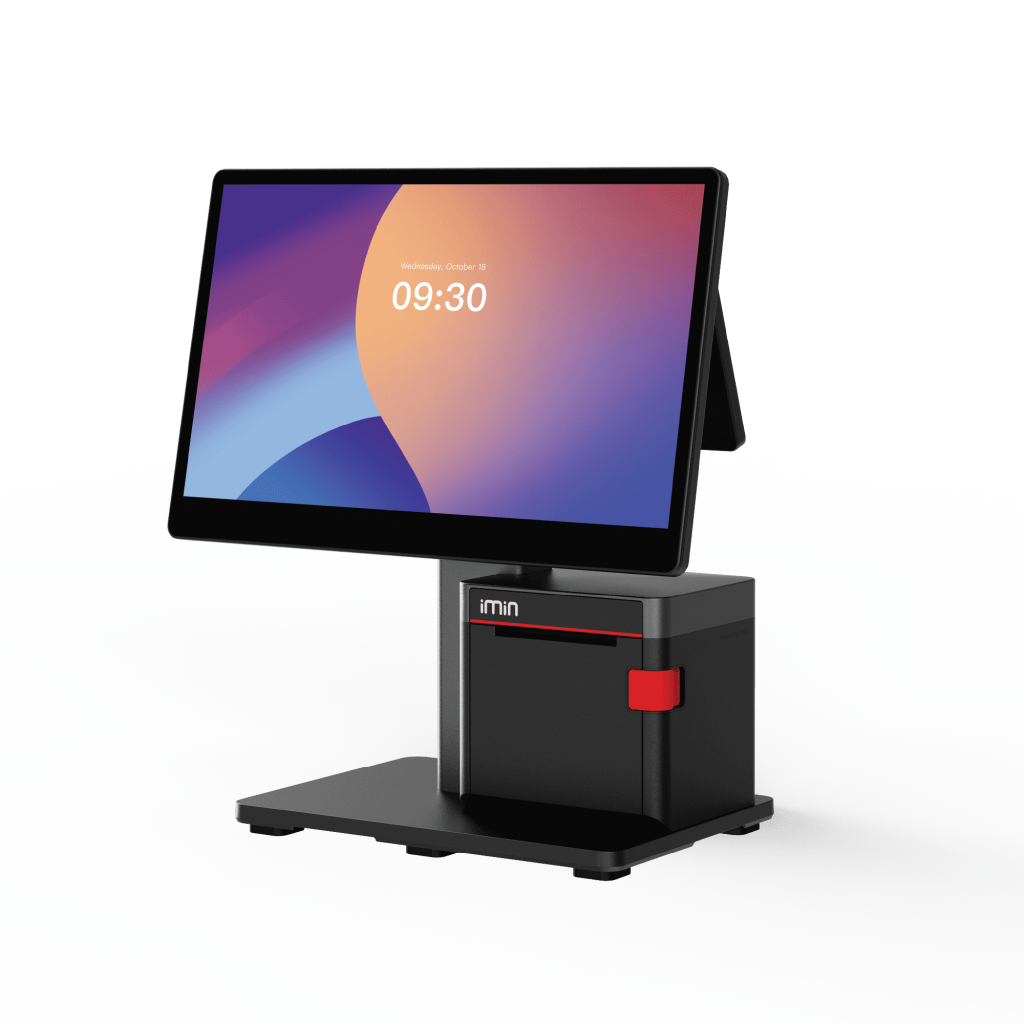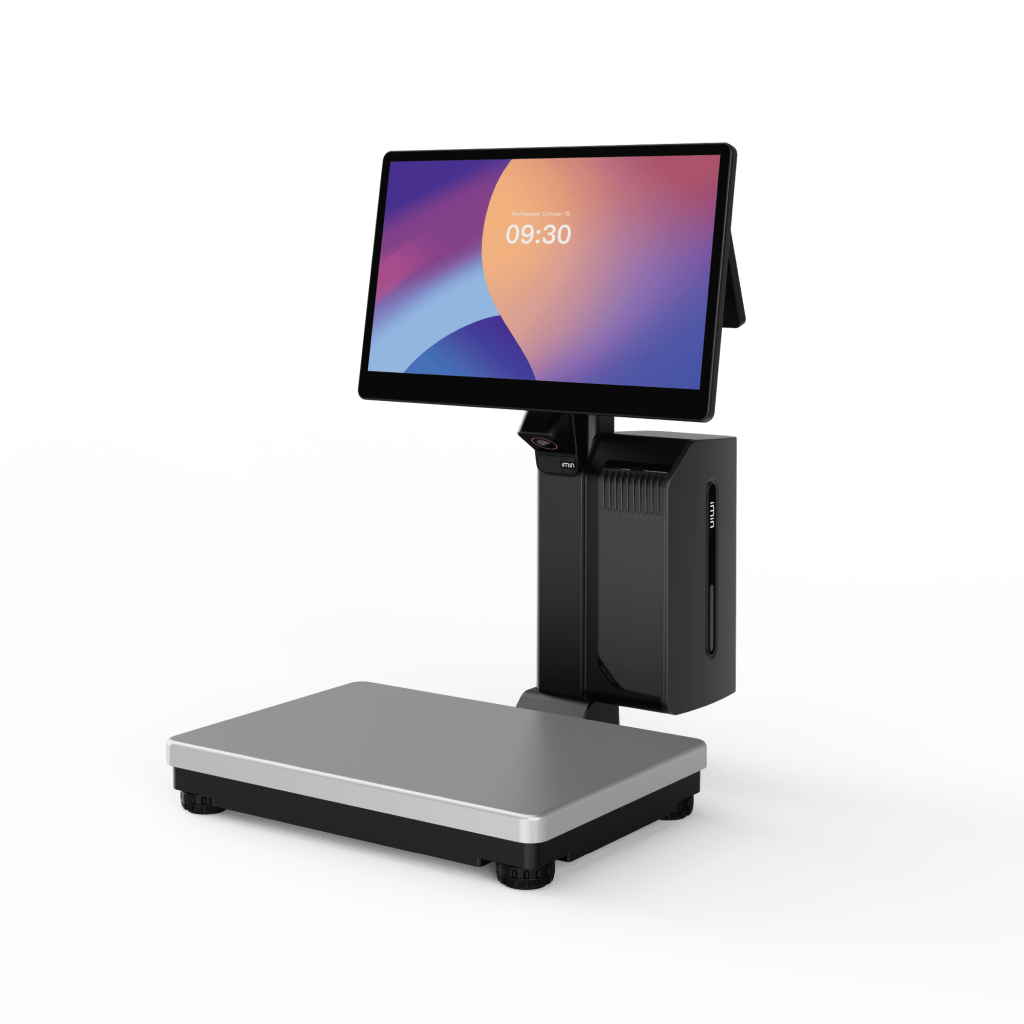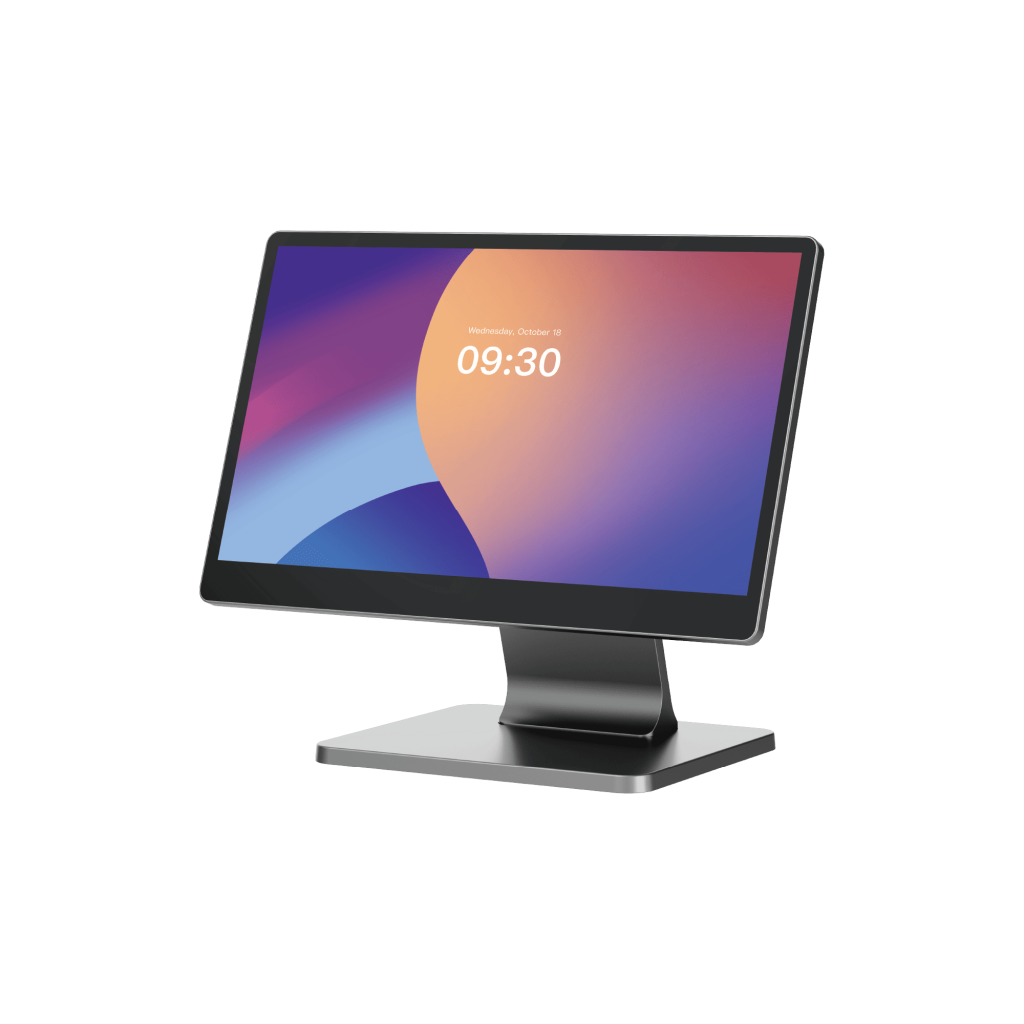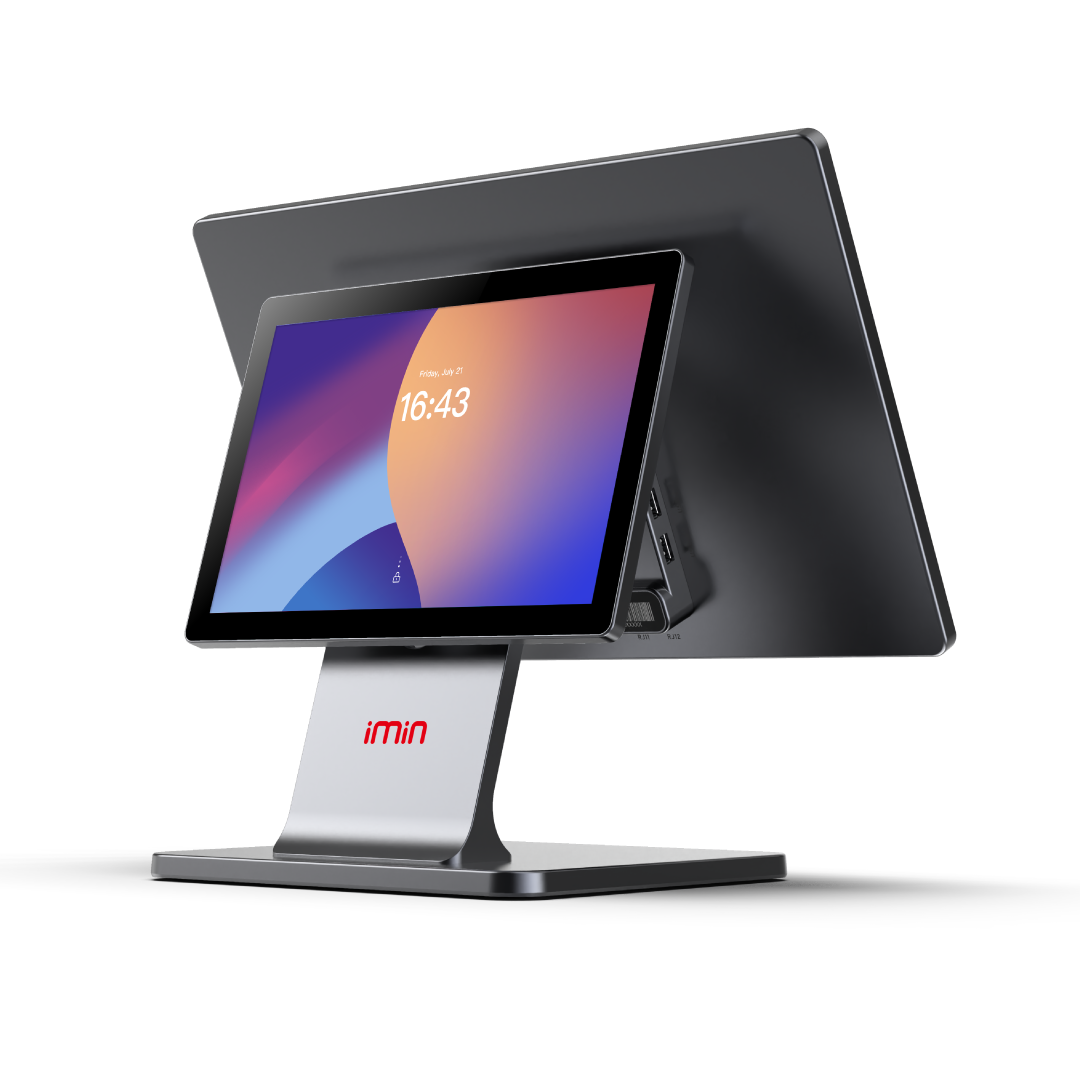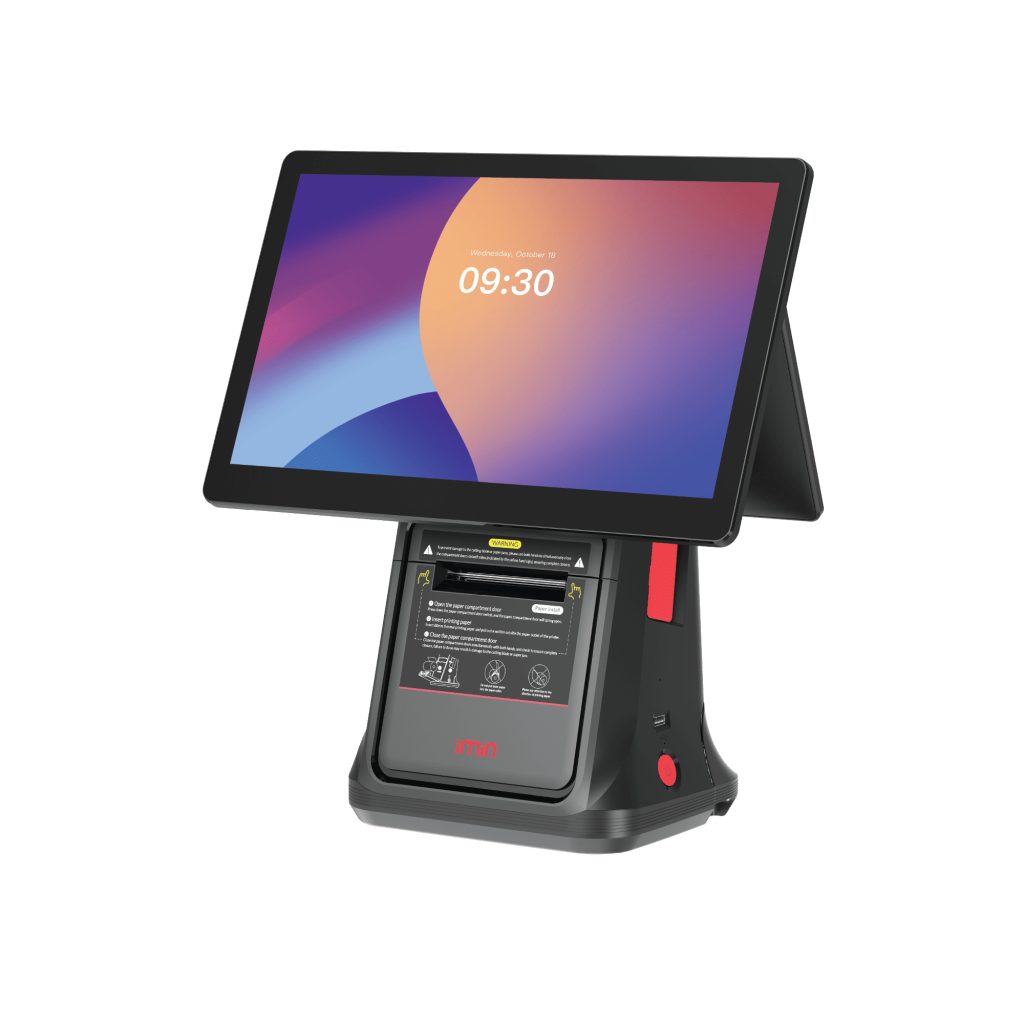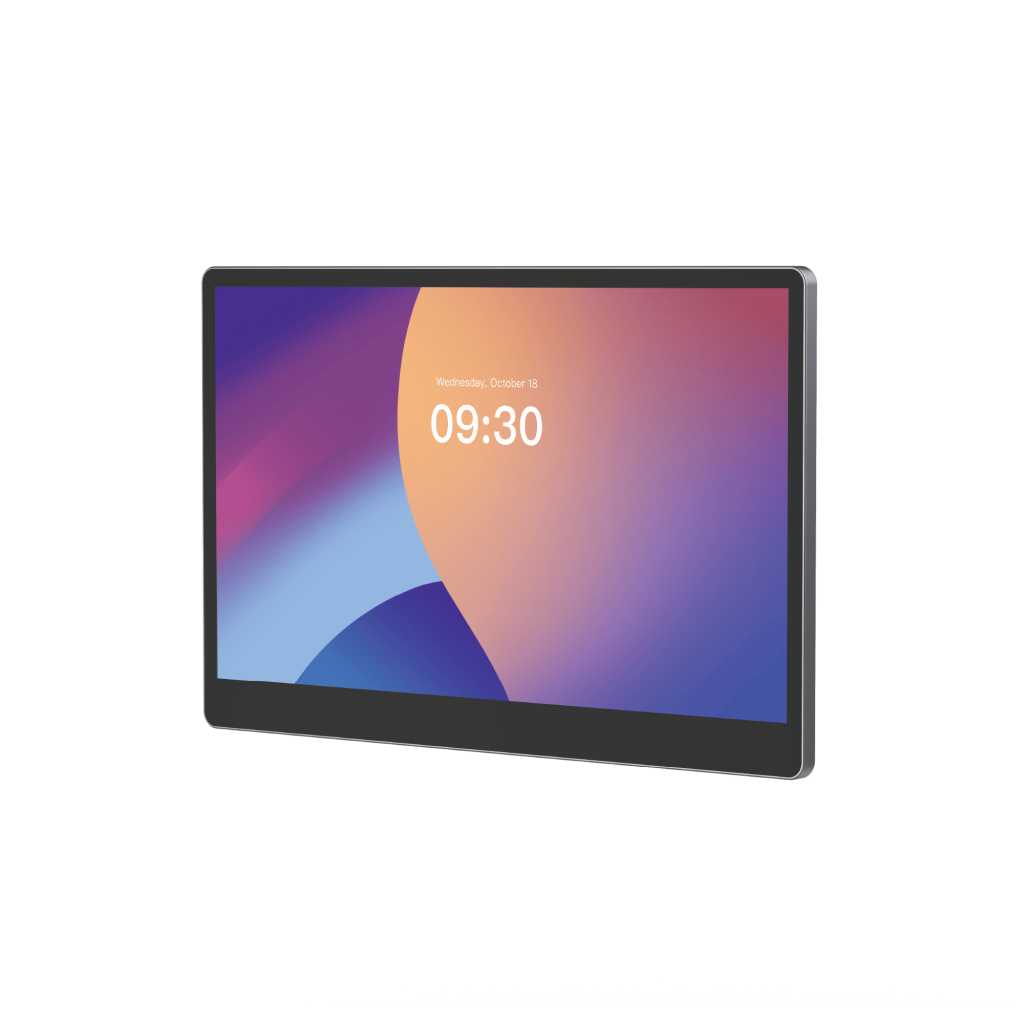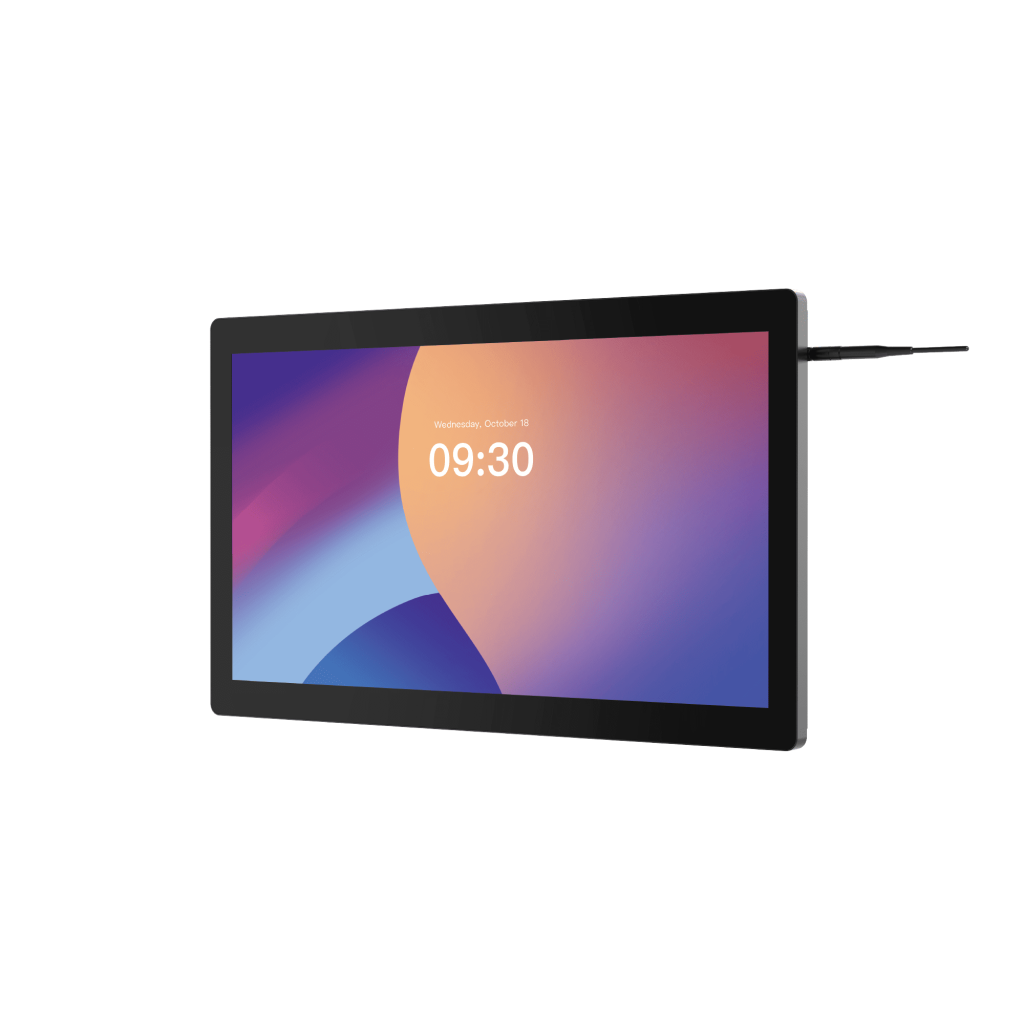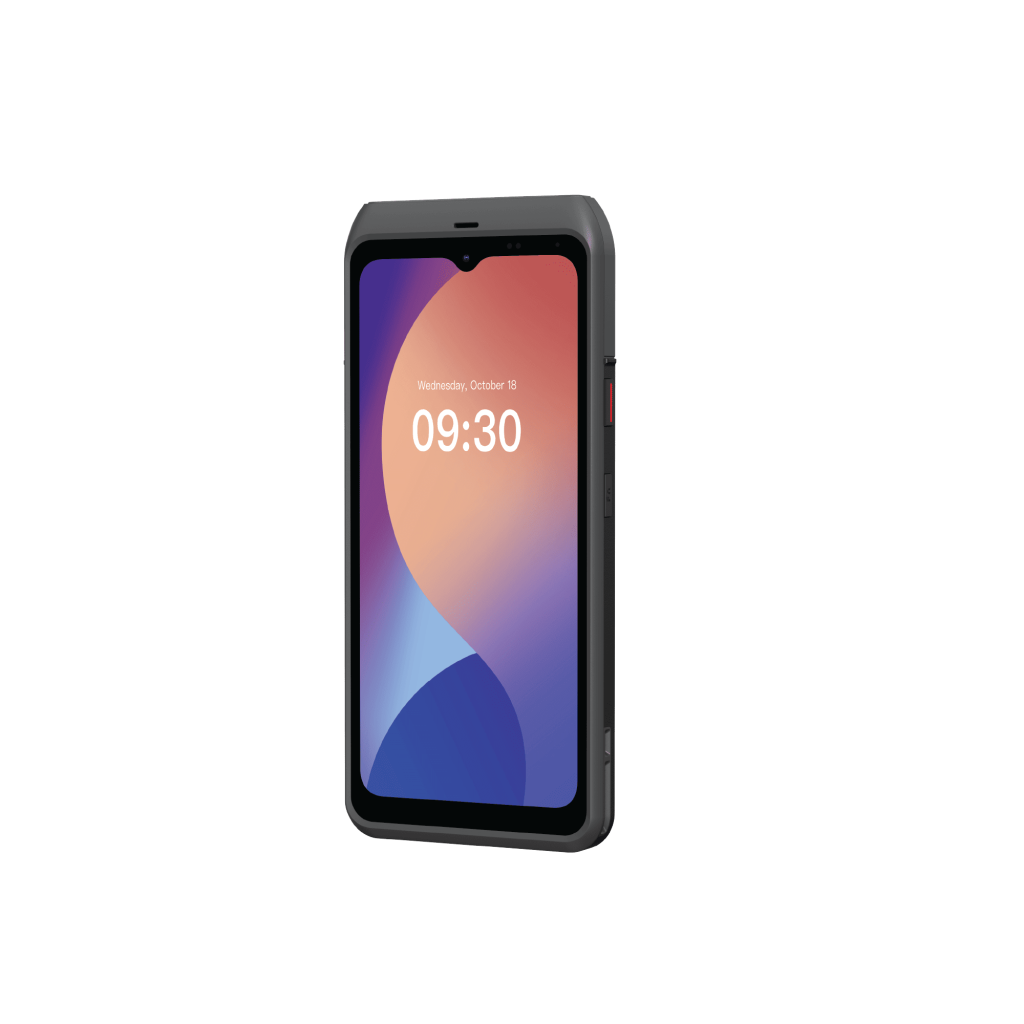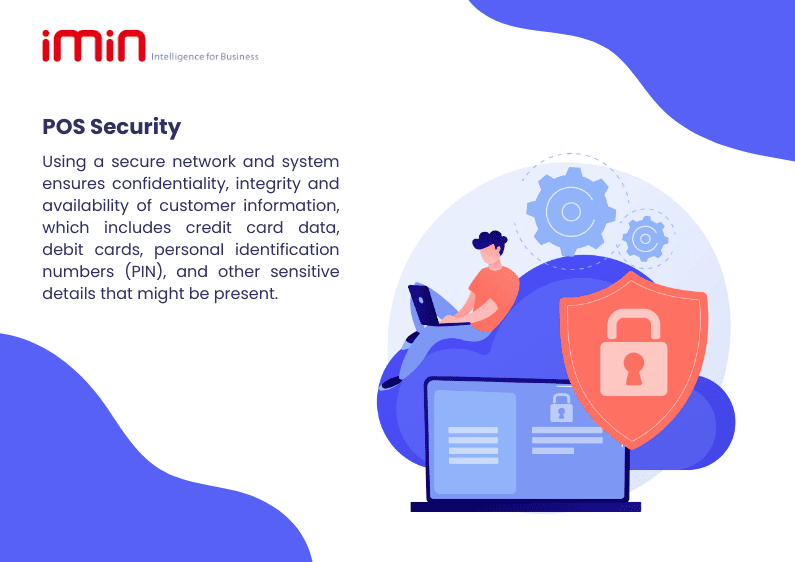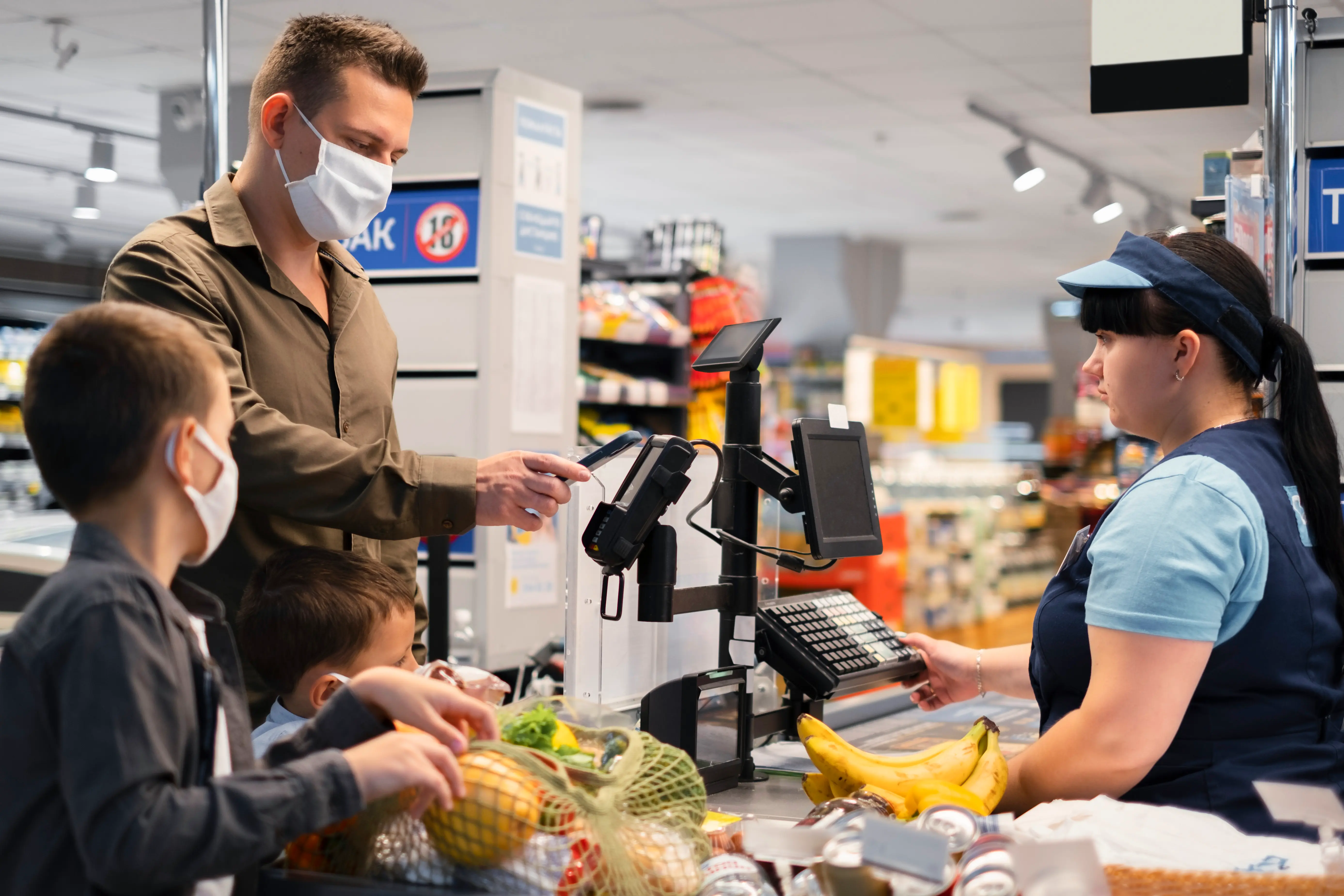Subscribe to newsletter
Check out our POS product lineup
POS Security
Today’s digital landscape has seen a prevalence and increased usage in point-of-sale (POS) systems. In fact, one could consider these systems to be a vital part of every business in every industry. However, this also increases the need for POS security measures that can mitigate potential security risks.
POS devices enable seamless and efficient payment processing. The increased frequency of POS system usage also gives rise to an increase in the security risks that businesses must address in order to protect customer data and their revenue. This article seeks to explore the importance of POS security, common risks and measures that a business can implement to enhance their security position.
Understanding more about POS Security
POS security revolves around the security features and protocols put in place to safeguard transactions and protect sensitive data during the payment process. Using a secure network and system ensures confidentiality, integrity and availability of customer information, which includes credit card data, debit cards, personal identification numbers (PIN), and other sensitive details that might be present.
A wholesome POS solution includes both the hardware component, as well as software to perform transactions and other activities. Hence, POS security needs to consider both aspects of the POS system.
Hardware:
There are several components of POS security for hardware. Typically, POS hardware comprises of several devices such as terminals, card readers, cash drawers and other peripherals like printers and barcode scanners. Some aspects to consider are:
1. Physical Security: Protecting the physical integrity of the hardware is vital. POS terminals should be mounted securely on the wall or rested on a table counter in a controlled environment to prevent unauthorized access or tampering. In addition, some security measures such as locks, alarms and surveillance systems should also be employed to deter theft or physical compromise.
2. Secure Card Readers: Card skimming is a prevalent threat to POS systems. It involves unauthorized devices or modifications that can capture credit card or debit card data. Businesses should deploy tamper-resistant card readers that are in compliance with today’s industry standards, such as the Pin Transaction Security (PTS) requirements. Regular inspections and maintenance of the card readers should also be put in place to detect and prevent any attempts of tampering using card skimmers.
3. Secure connections: Secure communication channels between hardware components are crucial for protecting data in transit. For instance, using secure protocols such as the Transport Layer Security (TLS) for network connections and secure cables to connect devices helps prevent eavesdropping and data interception.
4. End-of-Life Disposal: Often an overlooked aspect, proper disposal of the POS hardware after its usage life is also very essential to prevent unauthorized access to its stored data. When retiring or replacing your old devices, businesses need to follow the best industry practices to wipe and destroy the data storage components securely and properly to prevent any security breaches.
Software:
The software components of a POS solution consist of the operating system, application software, firmware and any custom code that has been developed for specific features and functions. Some key security considerations for software are as follows:
1. Secure Software Development Lifecycle: Following secure coding practices throughout the software development lifecycle is crucial. This would include performing code reviews, security tests and adhering to established secure coding guidelines. It is also very important to vet third-party software providers for their security practices, as this helps to add an extra layer of security against cyber threats.
2. Regular Software Updates: Keeping your software up to date is a critical step to prevent security vulnerabilities. Software providers frequently release updates and patches to address known exploits and bugs within the security solution in order to strengthen it. Promptly implementing these updates will keep your business protected against security threats or malware infections.
3. Secure Configuration: Configuring the software components is key to minimizing vulnerabilities. Default settings should be optimized and unnecessary programs should be removed or disabled, with the access controls properly configured to limit access and reduce risk of external networks from accessing.
4. Secure Remote Access: When remote access to the POS system is required, it should be implemented securely by including strong authentication mechanisms like encrypted connections, two-factor authentication and other methods to ensure that only authorized persons are able to access.
What are the consequences of inadequate POS Security?
There are severe consequences for both business owners and their customers in the event of a security breach. The potential repercussions of such instances will be explored:
1. Financial loss: businesses can face significant financial losses resulting from theft, fraudulent transactions and potential legal liabilities due to compromised customer data. In addition, customers can also experience financial loss as they become victims of financial fraud, including unauthorized transactions and identity theft.
2. Damage to reputation: Gaps in POS security can tarnish a business’s reputation, resulting in a loss of customer trust and loyalty. Rebuilding a damaged image and regaining confidence in customers can be a time consuming and challenging process.
3. Legal consequences: Failing to comply with industry specific security standards and security policies can result in legal consequences such as fines and even potential lawsuits from affected customers.
Case Study:
One infamous incident that comes to mind is a data breach that happened to Wendy’s throughout 2015 to 2016. Wendy’s is a well known fast-food restaurant chain that was affected by malware installations on their POS systems that allowed cybercriminals to capture payment card data, including cardholder names, card numbers, and card verification values (CVV).
Due to this, Wendy’s suffered a substantial financial loss of about $50 million spread across investigation costs, remediation efforts and legal settlements. Customers were also exposed due to this mishap, putting them at risk of fraudulent transactions and identity theft. Affected customers had to monitor their financial accounts, cancel compromised cards and take many precautionary measures to protect their identities.
This case study serves as a valuable reminder that POS systems are extremely attractive targets for cybercriminals that are seeking to gain access to valuable payment card information. Hence, it emphasizes the need for businesses to implement robust security measures which will be discussed in the following section.
Essential Measures for POS Security
In order to prevent falling victim to cyber crimes and malware attacks, it is important to implement following measures:
1. Use End-to-End Encryption
Implementing End-to-End Encryption is crucial for securing customer payment data. This technique ensures that customer information always remains confidential during transmission and storage. By encrypting the data from the moment it is captured by the POS terminal until it reaches the end recipient, businesses can effectively protect sensitive information from unauthorized access.
2. Tokenization of Payment Data
Tokenization is another valuable security measure that businesses can employ to safeguard customer payment data. This process involves replacing actual credit card information with unique tokens. In the event of a security breach, the tokens hold no value to the potential attackers as they cannot be used to initiate transactions or access sensitive data. Hence, tokenization can help to minimize the impact of a breach significantly and reduces the risk of data theft.
3. Strong Authentication and Access Controls
Implementing robust authentication mechanisms is essential for preventing unauthorized access to the POS device. Two-factor authentication can add an extra layer of security by requiring the user to provide two forms of identification before being allowed access to the system. It is crucial to enforce the use of unique and secure passwords and regularly update them. Access should also be limited to authorized personnel such as managers or high-ranking employees in order to mitigate the risk of employee theft.
4. Network Segmentation and Firewalls
Isolating the POS network from other networks within an organization enhances security by reducing the attack surface. Network segmentation involves the creation of separate subnetworks for different components of the business infrastructure, such as the POS system, back-end servers and employee work stations. This limits the potential impact of security breaches and prevents lateral movement by attackers. Employing firewalls can also provide extra protection by providing another layer of reliable security monitoring and controlling any network traffic to and from the POS system.
5. Employee Education and Awareness
Businesses should invest in employee training and creating a culture of security awareness. This is very crucial as employees constantly handle customer data and payment data. Hence, business owners need to train employees who handle sensitive customer information to boost internal security against malicious attacks and fraud. Investing in employee education can help to prevent costly data breaches and human error, making it an extremely worthwhile investment.
In today’s digital age, where cashless transactions are constantly growing and dominating in the digital payment landscape, it is extremely essential to prioritize POS security. Businesses should always strive to safeguard their reputation and their customers by being vigilant and well equipped to combat the evolving cyber threats of today. This ensures a secure cyber environment for transactions, and the longevity of their success.
